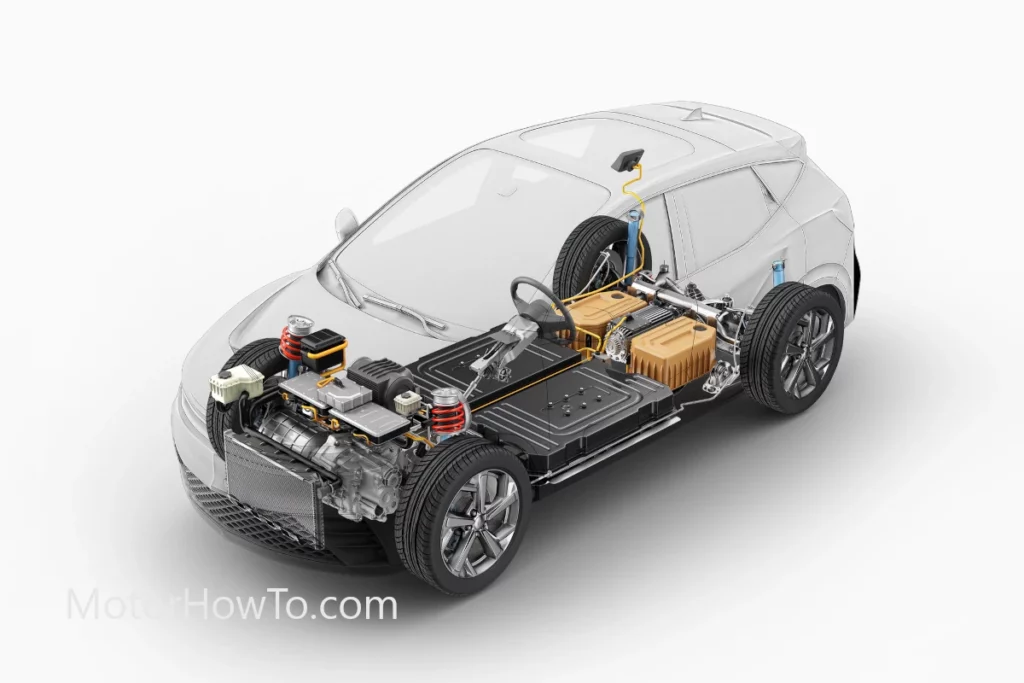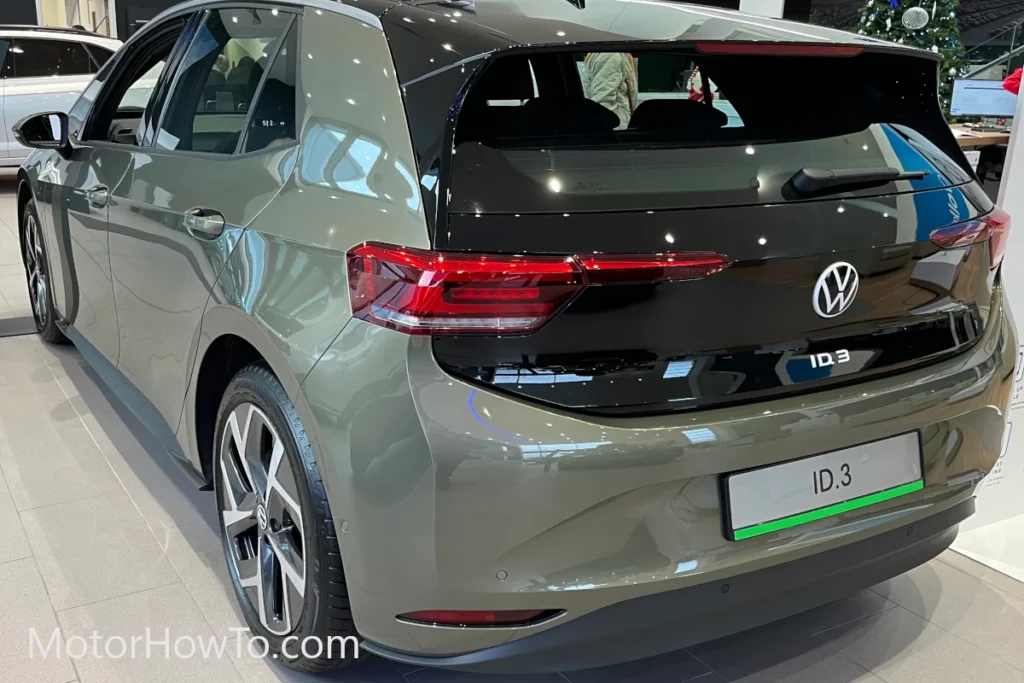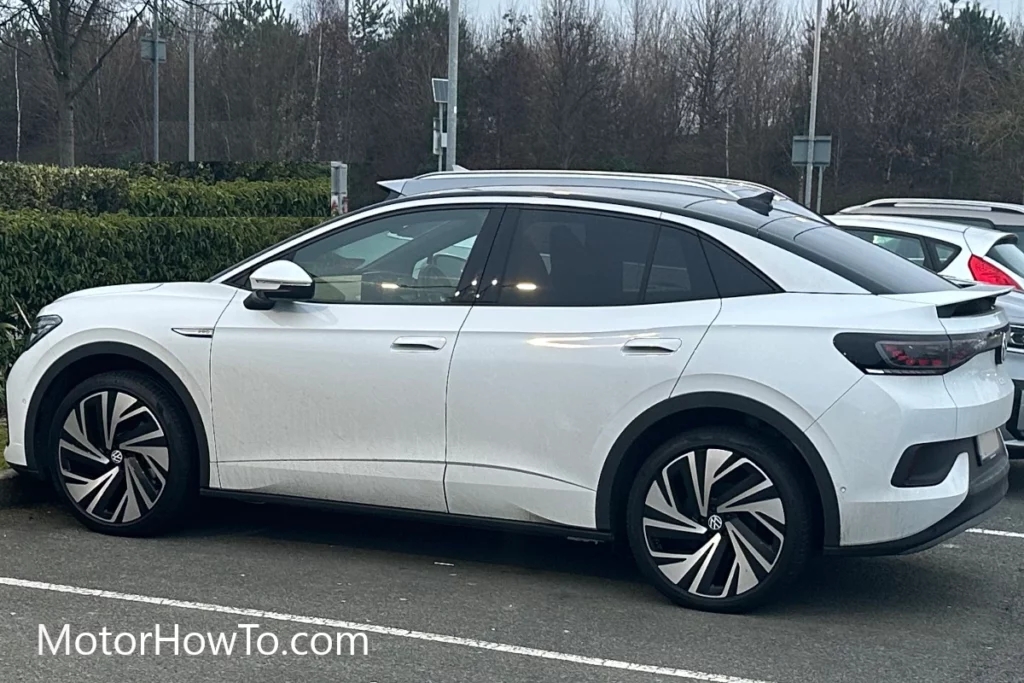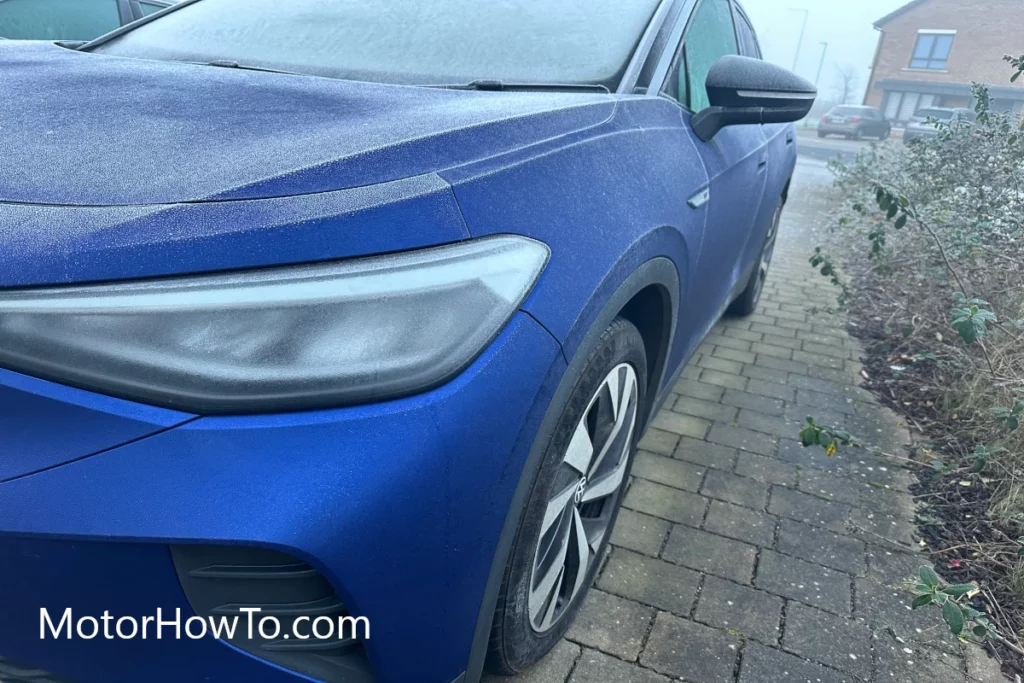Regenerative braking is a crucial component in the design of electric vehicles (EVs). It is important in improving the vehicle’s efficiency and extending its range.
Regenerative braking temporarily reduced refers to a situation where the regenerative braking system is temporarily reduced. This could be due to technical issues, software glitches, or weather conditions.
You can temporarily reduce regenerative braking for various reasons, such as technical faults, software glitches, or weather conditions. It’s crucial to identify and fix the issue to ensure optimal performance of the electric vehicle.
- Why Does My Car Say Regenerative Braking Temporarily Reduced?
- Is Regenerative Braking Temporarily Reduced Because Of Cold Weather
- Why Is My Regenerative Braking Disabled?
- Can I Adjust Regenerative Braking?
- Does Regenerative Braking Save Battery?
- How Does Regenerative Braking Work in Electric Cars
- The Comparison Of Regenerative Braking With Hydraulic Braking
- Conclusion
- Sources

Regardless of the cause, a temporary reduction in regenerative braking can significantly impact an electric vehicle’s performance.
This could result in reduced fuel efficiency, decreased driving range, and even increased wear and tear on the braking system.
Electric vehicle owners need to understand the implications of temporary reductions in regenerative braking and take the necessary steps to address the issue.
Related:
- Why Does Regenerative Braking Sometimes Become Unavailable? (Solved)
- Do Tesla Brake Lights Come On During Regenerative Braking? (Answered)
- How To Turn Off Regenerative Braking? (Explained For Beginners)
Why Does My Car Say Regenerative Braking Temporarily Reduced?
When the regenerative braking system is temporarily reduced, a warning message will appear on the car’s dashboard.
There are several reasons why this can happen, such as technical problems with the brake system, software glitches, and even weather conditions.
A common cause of temporary reductions in regenerative braking is a technical issue with the brake system.
This could be due to problems with the brake controller, motor, or battery.
If this occurs, it’s best to have a professional mechanic diagnose and fix the problem.
Another reason for temporary reductions in regenerative braking is software glitches in the car’s computer system.
You can often resolve these issues with a software update.
Weather conditions can affect regenerative brakings, such as reduced tire grip in heavy rain or snow.
In these cases, driving carefully and making necessary adjustments to your driving habits are important.
Is Regenerative Braking Temporarily Reduced Because Of Cold Weather
Cold weather can have an impact on the performance of regenerative braking in electric vehicles.
The reduced temperature can affect the battery and other components of the brake system, causing it to perform less effectively.
This can result in a temporary reduction in the effectiveness of regenerative braking.
However, it is essential to note that cold weather is not the only factor that can impact regenerative braking.
There are several other reasons why regenerative braking can be temporarily reduced, including technical issues with the brake system, software glitches, and even weather conditions such as heavy rain or snow.
Why Is My Regenerative Braking Disabled?
You can disable regenerative braking for several reasons, including technical faults in the brake system, software glitches, or even user errors.
If the regenerative braking system is not functioning correctly, a warning message will appear on the car’s dashboard, indicating that the system is disabled.
Software glitches in the car’s computer system can also result in disabled regenerative braking.
Can I Adjust Regenerative Braking?
In many electric vehicles (EVs), the driver can adjust the strength of the regenerative braking system. This allows the driver to control the amount of energy captured and stored in the battery during braking, which can affect the driving experience.
For example, some EVs have multiple regenerative braking modes that you can select, such as low, medium, and high. Choosing a higher regenerative braking mode can result in stronger braking and a more immediate speed reduction when the driver lifts their foot off the accelerator.
This can be useful for city driving, where frequent braking is required. On the other hand, selecting a lower regenerative braking mode can result in a smoother, more gradual reduction in speed, which you may prefer for highway driving.
The ability to adjust the regenerative braking system can also be important for optimizing energy efficiency.
By controlling the energy captured during braking, the driver can ensure that the battery is charged to the optimal level for their driving needs. This can help extend the EV’s driving range and reduce the vehicle’s overall energy consumption.
Alternatively, some braking systems combine both regenerative and hydraulic braking, so you can adjust the regenerative braking. Still, the brake pedal pressure needs to be adjusted to maintain the desired amount of braking.
Does Regenerative Braking Save Battery?
Regenerative braking is a system in which the energy generated during braking is converted into electricity and stored back in the battery of an electric vehicle (EV).
For this reason, the battery increases the short charge/discharge cycles which can negatively impact the battery life.
However, by using this energy to recharge the battery instead of being lost as heat, regenerative braking can increase the driving range of an EV and reduce its dependence on recharging and the electrical grid.
The amount of energy you can recover through regenerative braking depends on various factors, such as the size and weight of the vehicle, the speed at which it travels, and the type of regenerative braking system being used.
In general, however, regenerative braking can significantly reduce the energy required to power an EV and extend its driving range.
The benefits of regenerative braking are particularly pronounced in EVs because they rely solely on battery power for propulsion and do not have an internal combustion engine to generate energy.
By recouping energy during braking, EVs can use this energy to power the vehicle, reducing the need to draw from the battery and prolonging its life.
Read this great article on why to turn off regenerative braking and its pros and cons.
How Does Regenerative Braking Work in Electric Cars
Regenerative braking in electric cars captures the energy generated during braking and converts it into electricity. This energy is then stored in the electric vehicle’s battery, providing additional power.
During normal driving, when the driver lifts their foot off the accelerator, the vehicle’s electric motor converts itself into a generator, which now generates electricity instead of using it. This electricity is then stored in the battery for later use.
In this way, regenerative braking helps increase an electric car’s driving range and reduce its dependence on the electrical grid.
The strength of the regenerative braking system in an electric car can often be adjusted by the driver, allowing them to control the amount of energy captured and stored during braking.
This can have a significant impact on the driving experience, as well as on the overall efficiency of the vehicle.
The Comparison Of Regenerative Braking With Hydraulic Braking
| Regenerative Braking | Hydraulic Braking |
|---|---|
| Captures the energy generated during braking and converts it into electricity to be stored in the battery. | Relies on converting kinetic energy into heat through friction in a hydraulic braking system to bring the vehicle to a stop. |
| Captures the energy generated during braking and uses it to recharge the battery. | Converts energy into heat, which is wasted and does not contribute to the vehicle’s overall efficiency. |
| The strength of the regenerative braking system can be adjusted by the driver to control the amount of energy captured during braking, which can affect the driving experience. | Hydraulic braking relies on mechanical friction to bring the vehicle to a stop and does not provide the same level of control over the braking experience. |
Regenerative braking is a system used in electric vehicles (EVs) that captures the energy generated during braking and converts it into electricity to be stored in the battery.
In contrast, hydraulic braking relies on converting kinetic energy into heat through friction in a hydraulic braking system to bring the vehicle to a stop.
One key advantage of regenerative braking over hydraulic braking is its energy efficiency. Regenerative braking captures the energy generated during braking and uses it to recharge the battery, extending the driving range of the EV.
On the other hand, hydraulic braking converts energy into heat, which is wasted and does not contribute to the vehicle’s overall efficiency.
Another advantage of regenerative braking is its potential to improve driving dynamics.
In some EVs, the strength of the regenerative braking system can be adjusted by the driver to control the amount of energy captured during braking, which can affect the driving experience.
For example, a higher regenerative braking mode can result in stronger braking and a more immediate speed reduction when the driver lifts their foot off the accelerator, which can be helpful for city driving.
In contrast, hydraulic braking relies on mechanical friction to bring the vehicle to a stop and does not provide the same level of control over the braking experience.
Conclusion
Regenerative braking is a crucial component in electric vehicles (EVs), improving efficiency and extending driving range.
The system captures energy generated during braking and converts it into electricity, which is stored in the vehicle’s battery.
Some EVs allow the driver to adjust the strength of the regenerative braking system, controlling the amount of energy captured and stored in the battery during braking.
This can be useful for city driving, where frequent braking is required, and for optimizing energy efficiency, extending the vehicle’s driving range, and reducing its overall energy consumption.
Causes of temporarily reduced regenerative braking include technical faults in the brake system, software glitches, weather conditions, and user errors.
Sources
What Does Regenerative Braking Temporarily Reduced Mean
Why is my Tesla’s regenerative braking disabled?
Tesla Quietly Removes Option To Adjust Regenerative Braking Strength
Regenerative Brakes: How Do They Work?



